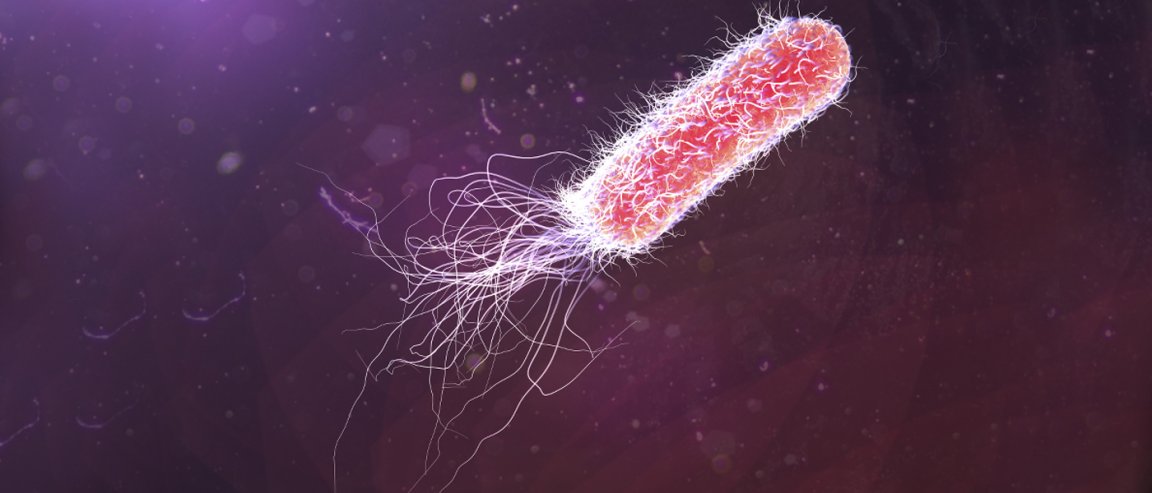
Geneticists Seth Shipman and Jeff Nivala have led a team of Harvard scientists to discover a way of turning living cells of bacteria into microscopic hard drives. Their research has been published in the journal Science.
Previously, scientists were only able to achieve this with 11 bits of information; however, the team discovered a way to use the bacteria’s immune response to upload approximately 100 bytes of data into the living cells. Each cell can hold a segment of computer code or even a line of poetry.

For their work, the team uncovered a way to harness the natural immune response of the cell to introduce the data to be stored, and it all hinges on the CRISPR/Cas system.
Essentially, the team creates ‘fake viruses’ that they then introduce to the bacteria. The bacteria, recognizing the invader, is able to cut out the segment of DNA that had been sandwiched between two pieces of actual virus DNA as a memory of how that virus looked.
In normal circumstances this is to help defend against the virus should it invade again. In this case, the hijacked segment of the fake virus (the data) is now stored in the cell and is even passed on to progeny.
It’s like combining the Trojan horse with Inception.
Yet, this discovery is a long way from practical applications. During research, the complication of not all bacteria absorbing the entirety of the data arose. However, Shipman discovered that the bacteria does store the incepted memories sequentially. So by introducing the message piece by piece, even if the full sequence is not absorbed, by genotyping large quantities of cells the message can be easily derived.
This is the latest development in the field of genetic engineering, where strides are being made to tackle viruses like HIV are even modifying embryos.